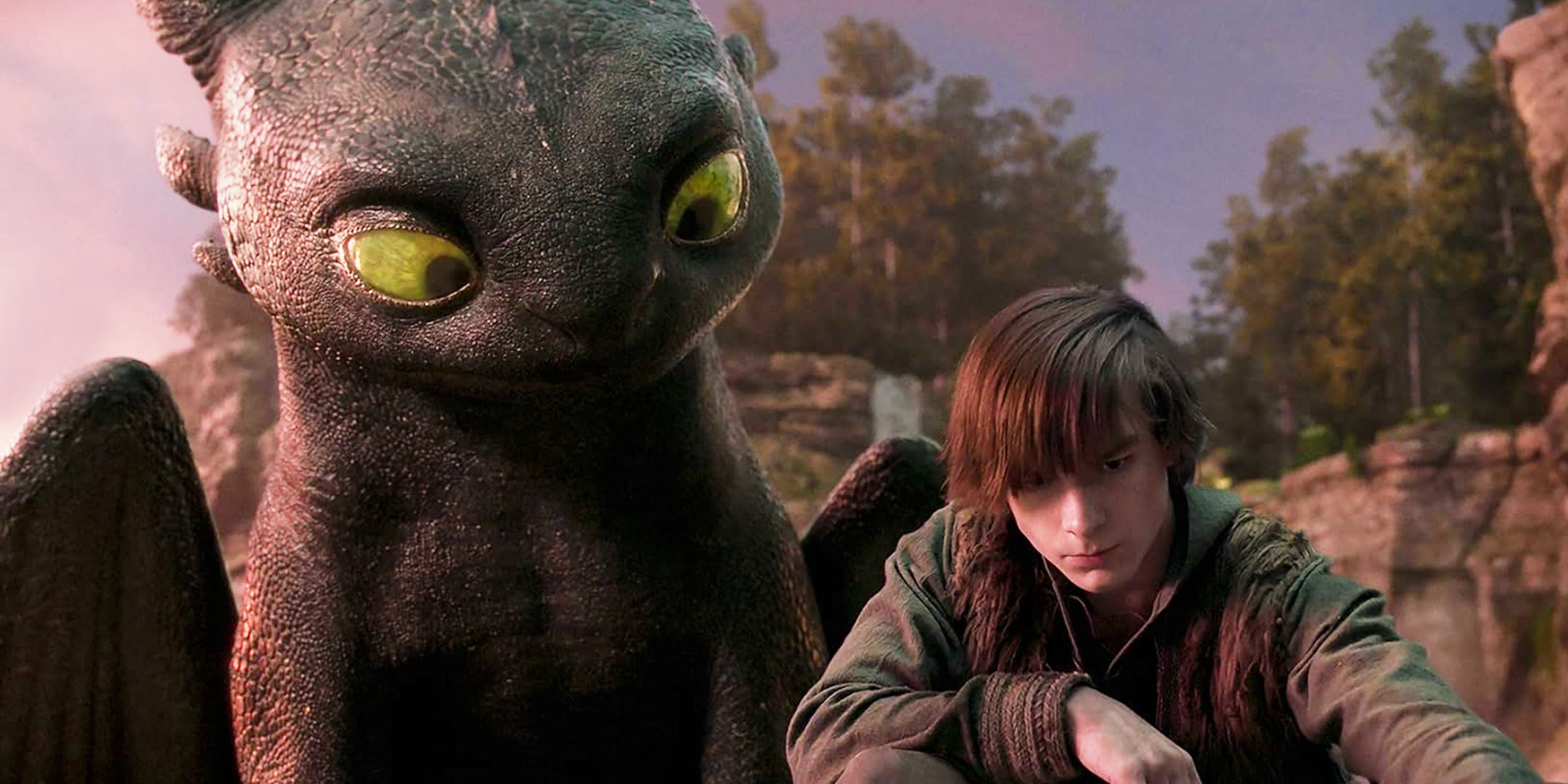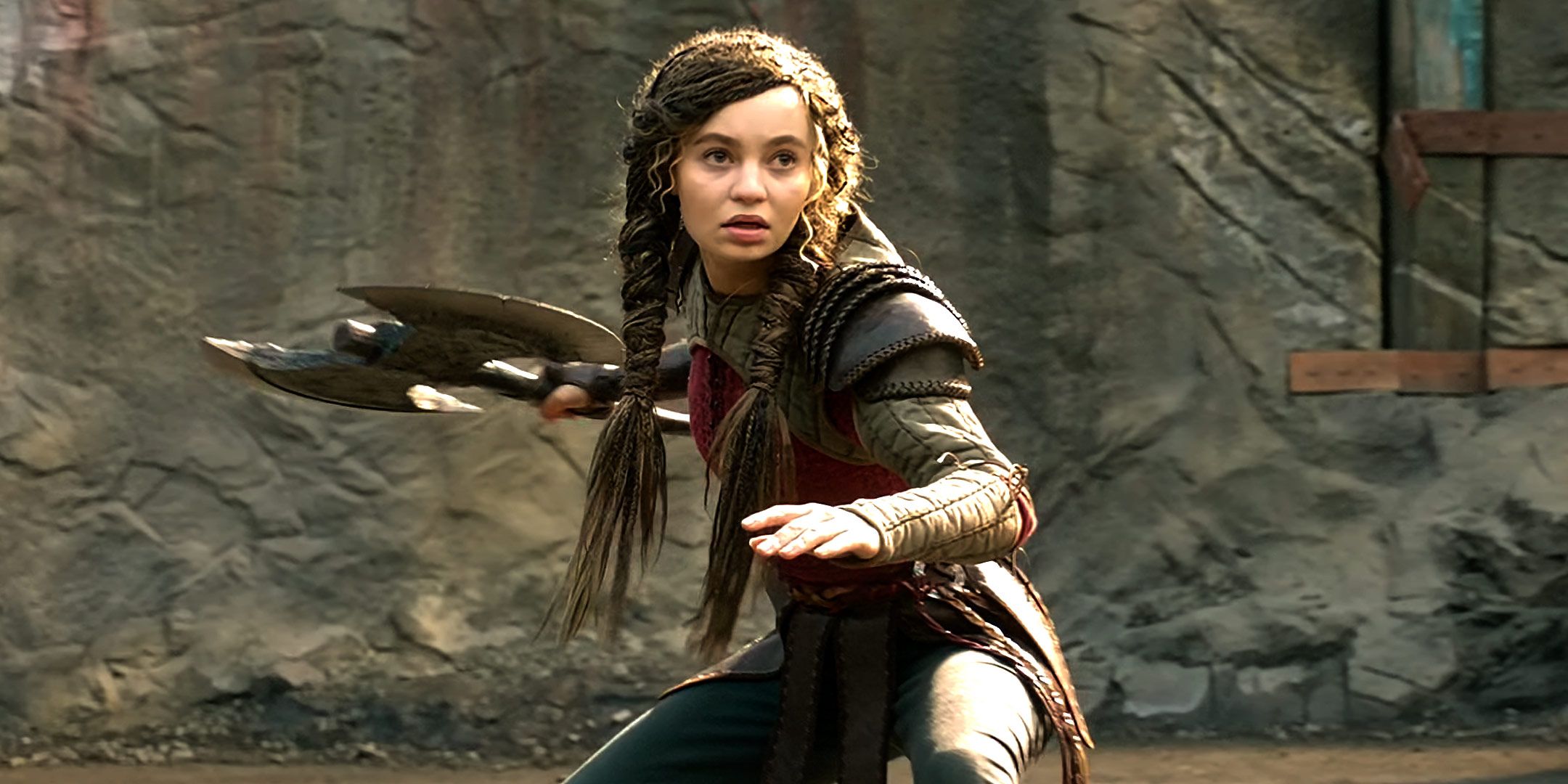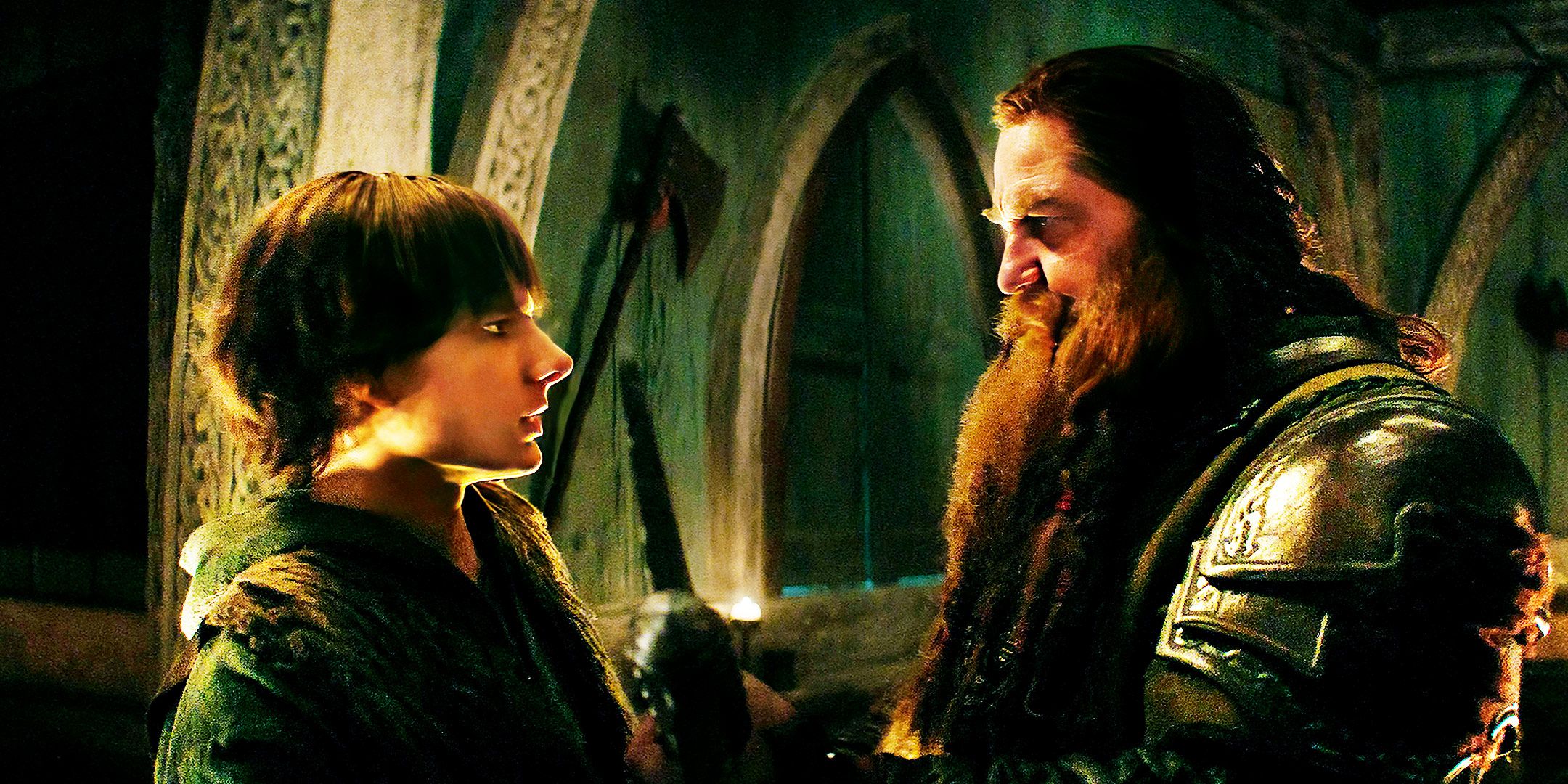The following contains spoilers for How to Train Your Dragon, now playing in theatersI can’t believe how well the live-action remake of How to Train Your Dragon translates the original into a new medium. The 2025 remake of the 2010 DreamWorks movie is consistent with the original narrative and characters, making very few notable changes to the plot. At first glance, this could be seen as a potential problem for the movie. In many other remakes of animated classics, simply repeating the original can result in a dull story — but too many changes can overcomplicate what made the original work in the first place.
Luckily, How to Train Your Dragon accomplished a rarity in the current film space. While remaining very faithful to the original, right down to replicating much of How to Train Your Dragon‘s ending, the remake adds just enough depth to the existing material and tweaks the tone just enough to feel original and compelling. This is how a remake can work in the modern era, highlighting what worked about the original while justifying itself through strong execution and clever additions.
How To Train Your Dragon Works Way Better Than I Expected
How To Train Your Dragon Is Very Similar To The Original, But Makes It Work
How to Train Your Dragon translates really well to live-action and works better than I expected. I’ve been a fan of the DreamWorks series since it debuted in 2010. I had a certain level of confidence in the new movie, especially after attending a press event where members of the media (including myself) spoke with Dean DeBlois about bringing How to Train Your Dragon to live-action. Having seen the completed film, I’m genuinely surprised by how well I think the shift to live-action works. It adds layers to the story without sacrificing anything that made the original work so well.
The sweeping visuals, while not as colorful as the original, retain the sense of epic scope but with a human element brought on by the live-action performers. The characters have been refined to feel more realistic and grounded, adding layers to the characters while keeping them true to the spirit of the original. The tone has been tweaked to reflect the shift, but never at the cost of the charm that defined the animated films. It’s a great example of how live-action remakes of animated films can pay respect to the originals without just replicating the established characters and story.
How To Train Your Dragon Doesn’t Try To Fix What’s Not Broken
There’s No Unnecessary Bloat Or Explanation Added To How To Train Your Dragon
One of the most immediate things to note about How to Train Your Dragon is the fact that it is a very literal remake of the original. The plots are more or less identical, with the smaller details and character beats kept in line with the original film. That’s a good thing, because the original film is a likable and enduring fantasy adventure with a good moral and plenty of natural adventure. There was no reason to overcomplicate the story with new lore explanations or changes. Instead, the film uses the expanded run-time to heighten the atmosphere of the narrative.
The execution is the key to How to Train Your Dragon‘s success as a remake…
These minor tweaks and tonal shifts don’t distract from the core story. The characters aren’t really all that different either, especially Hiccup and Stoick. However, the live-action shift does wonders for their conflict, letting it land with more emotional heft. The film doesn’t need to change their argument with one another; it just needs to make it emotionally effective — and it does. The execution is the key to How to Train Your Dragon‘s success as a remake, as it justifies a very literal translation of the original by not breaking the story and adding new depth to the existing material.
How To Train Your Dragon Embraced The Fact That It Was A Live-Action Remake
The New Performances Refine The Cast Of The Original Movie
The longer running time afforded by a live-action film proves to be a boon for How to Train Your Dragon‘s characters. Some, like Astrid, are given a new level of depth that they were missing in the original. While the character is very similar to the original version, the modern Astrid is given a stronger sense of motivation and a genuine reason to dislike Hiccup — making their slow-burn relationship more effective on an emotional level. Across the board, the cast brings new life to the characters, such as with Gabriel Howell finding sympathetic qualities for the one-note bully character, Snoutlout.
Hiccup and Stoick also get a boost in emotional effectiveness in the new How to Train Your Dragon, with Mason Thames and Gerard Butler delivering great performances that don’t step on Butler’s earlier, broader performance alongside Jay Baruchel in the original. It’s the smaller moments that highlight the strength of the performances, whether that be Hiccup’s pain at his father’s jokes or Stoick’s regret over his harsher words. Both performers get the chance to bring a naturalism to their performances that simply can’t be replicated in animation, helping highlight what makes this movie a worthwhile companion piece to the original.
How To Train Your Dragon Doesn’t Try To Replace The Original
How To Train Your Dragon Adds To The Original In Subtle (And Effective) Ways
The thing I was concerned about with How to Train Your Dragon‘s remake came after the announcement and trailers indicated it would be very similar to the original film. I wasn’t worried that it would be bad, per se — the strengths of DeBlois as a filmmaker, the talented cast, and the emotional core of the story were sure to work in the new medium. I was worried that the new movie would simply feel like a carbon copy, an update of the original for live-action in the way that more or less just tries to replace the original.
Instead, I was pleasantly surprised by how the tweaked tone of the film impacted the overall experience. The story is the same, as are the characters, settings, and much of the dialogue. Some moments even feel like sH๏τ-for-sH๏τ recreations of the original. However, throughout the film, there’s a grounded element that adds a bit more emotional heft. The more muted color scheme reflects this, with the characters a little more raw in their interactions and vulnerable in their weaker moments. The result is that an effective remake doesn’t feel like a copy, even when it does copy certain elements.
There’s an emotional core to the more grounded tone of 2025’s How To Train Your Dragon that ensures it stands out from the 2010 version. The cartoonish nature of the original is charming in a way the remake isn’t, while the remake has some emotional beats that the original couldn’t quite match. They’re different movies at their core. What impresses me the most about the How to Train Your Dragon remake is the way it feels authentic to the original while still feeling like a new film, helping it stand out above many other remakes of animated movies.








